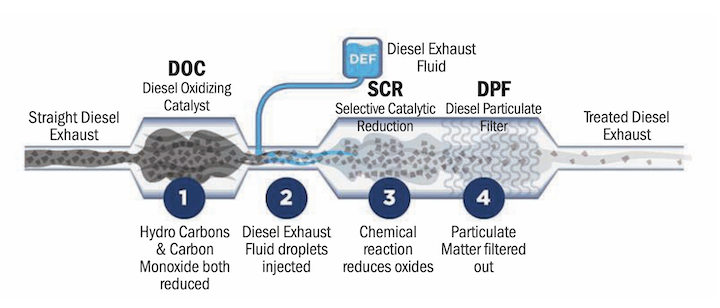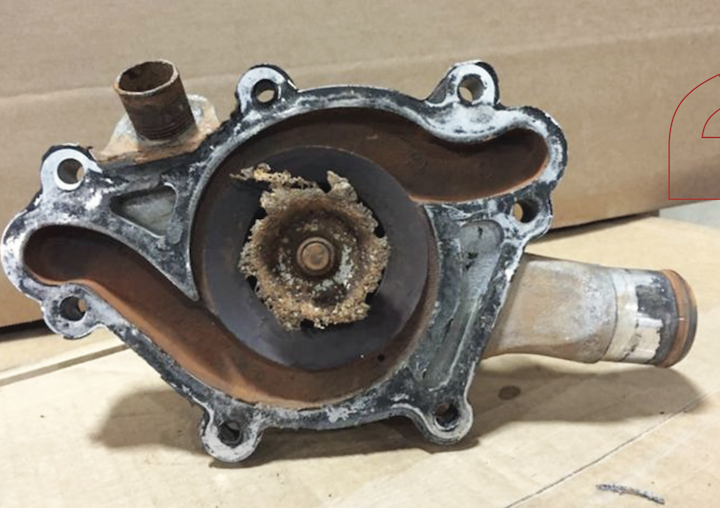A new era of lighting is also creating a new series of problems.
The changeover to low-watt brighter light bulbs in automotive has not been as simple as homeowners opting for more energy efficient options. Jeff Burdzinski, Farmington Hills, Mich.-based product applications manager for the automotive aftermarket at Lumileds, warned that since LEDs run at a lower wattage, the vehicle can be tricked into thinking something is wrong.
“With any vehicle, you have the potential of what’s called a fast flash. If a bulb is out, it will make your turn signal flash at a faster rate than normal. It’s a warning that you have a bulb out and there’s a problem in the system,” he said. “What happens is, you put in an LED bulb and it draws much less power – the wattage is different and actually triggers the system to think that the bulb is out and it causes a fast flash.”
Compounding the problem is the fact that there is no real solution to the problem. It’s essentially a hit-or-miss game. Burdzinski admits there’s not a great answer as to why that is. It’s just one of the fallouts from the complexities of today’s vehicles.
“Every make and model is a little bit different – the way their computers are, the way the electrical system is, the way they route their grounds. It’s all different,” he said.
One vehicle may have four bulbs on a circuit, while another company could put each one on separate circuits. Or maybe two bulbs each have their own dedicated circuit. It’s hard to design a solution when so many variables are present.
“It’s a game to kind of play around with. It just depends on the make and the model – every vehicle is different in the way they do things,” Burdzinski said.
“What happens is, you put in an LED bulb and it draws much less power – the wattage is different and actually triggers the system to think that the bulb is out and it causes a fast flash.”
— Jeff Burdzinski, Lumileds
A fix of sorts is available through a controller area network (CAN bus) adapter “but unfortunately, every make or model for whatever car new to old is different in the way it’s going to respond to that CAN bus adapter,” Burdzinski said. “We don’t have a master list that we can tell somebody yea or nay. We’ve taken identical vehicles, put them together and one had an issue and one didn’t. It could be a lot of different things like maybe there’s just a dirtier ground or something and it’s not in an OK condition.”
Newer vehicles – especially high-end ones – are particularly guilty of causing problems when consumers want LED bulbs. These vehicles typically have a tighter resistance window. If the expected wattage is not being produced, a fast flash problem is more likely to happen, resulting in the driver seeing a warning error. It’s just another challenge for lighting companies.
“What we’re seeing a lot even for Ford’s and Chevy’s current vehicles is that you’re seeing error messages for the bulb out. It used to be a tendency to always be a high-end car that had this problem – like a Mercedes, Audi, BMW, cars like that,” Burdzinski said. “They’re plug and play, but it might not necessarily work the way you want them to.”
For customers asking about interior lighting, that’s a much easier sell. They’re unlikely to see any problems when swapping out dim cabin lights for the brightness of LEDs.
“For most vehicles, that’s a safe changeover,” he said.
Interior lighting is also a growth opportunity for jobbers. At a minimum, consumers would prefer to replace the lights inside their vehicles as that can have a noticeable impact right away.
“You get a really nice 6,000K white light, and it is much different than what I call that kind of grungy looking yellow that you get from a bulb that’s about 2,800K that’s going to be inside your car,” Burdzinski said.













Leave a Reply